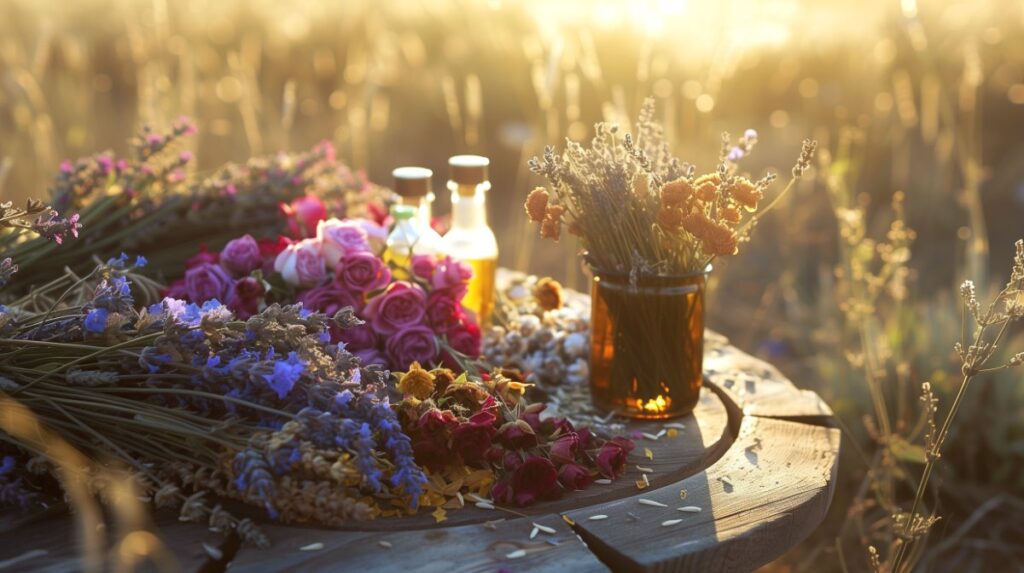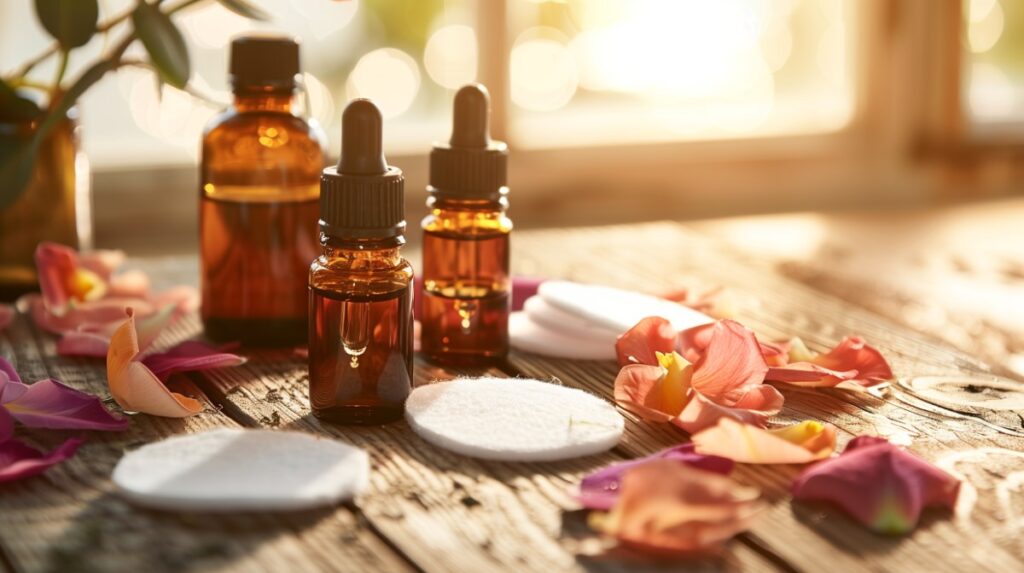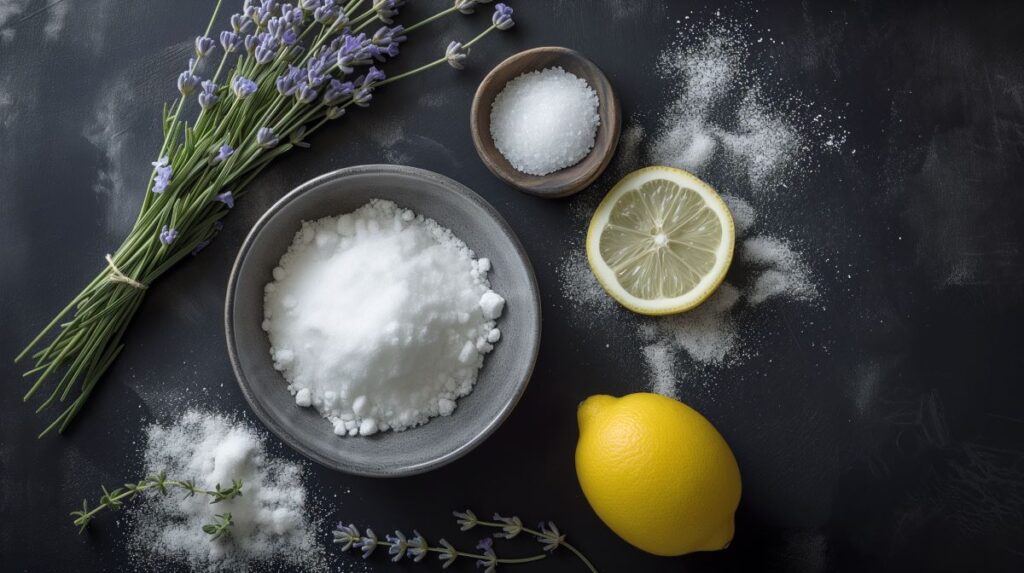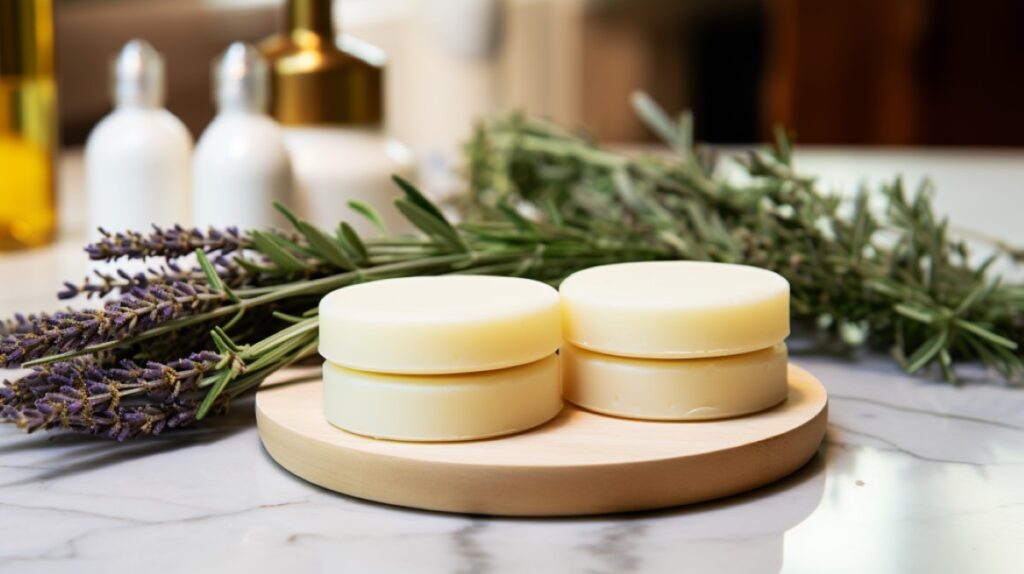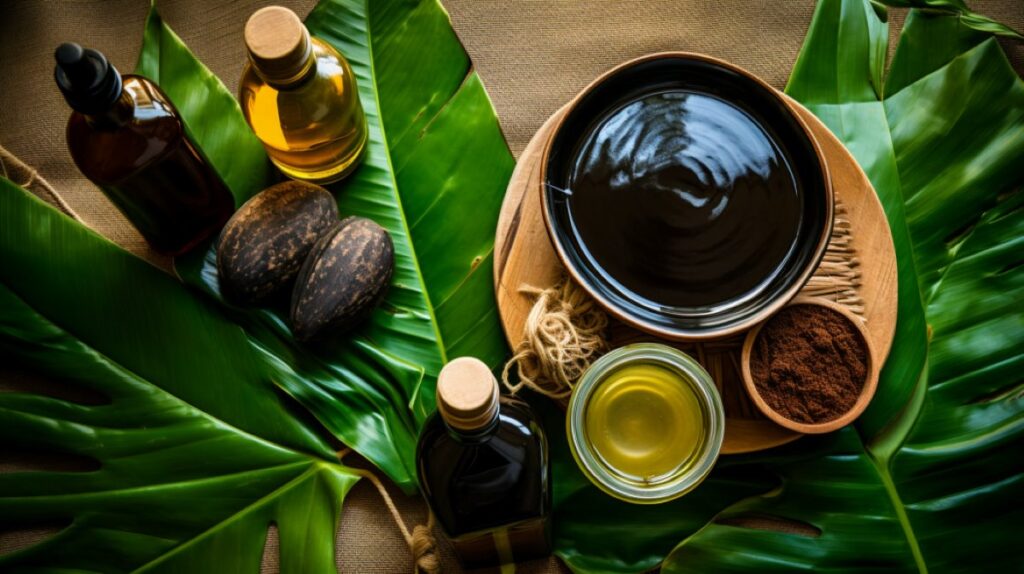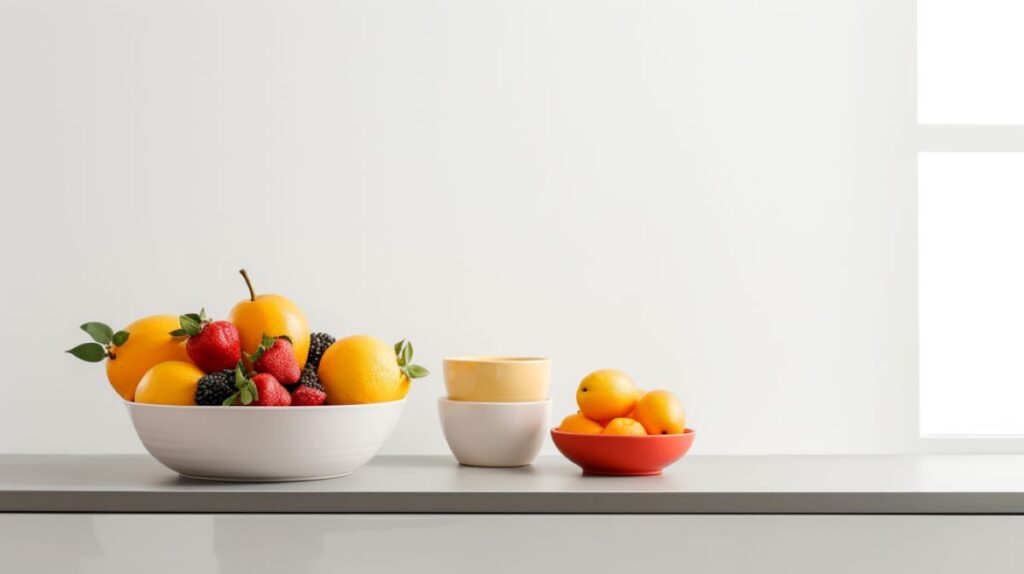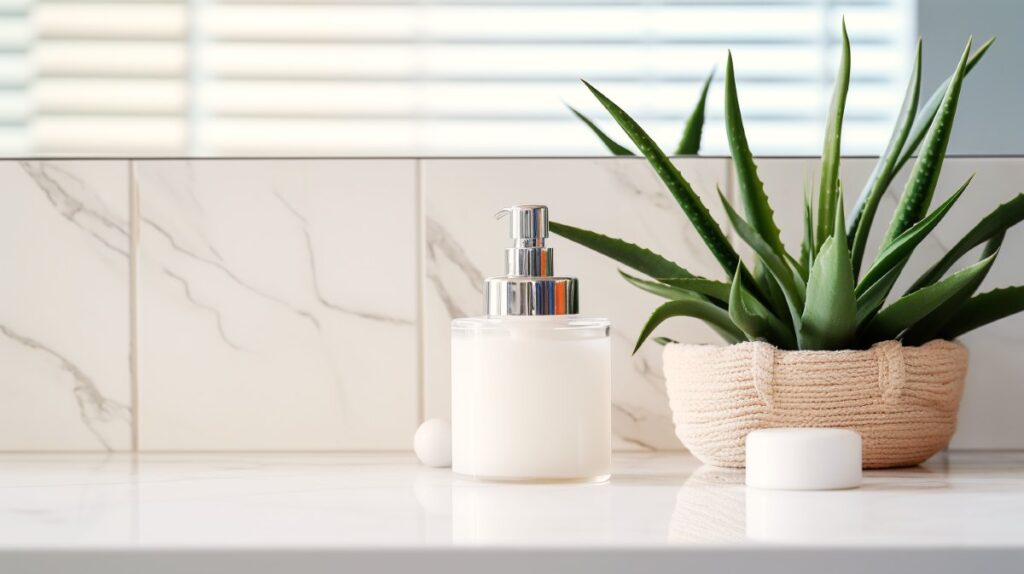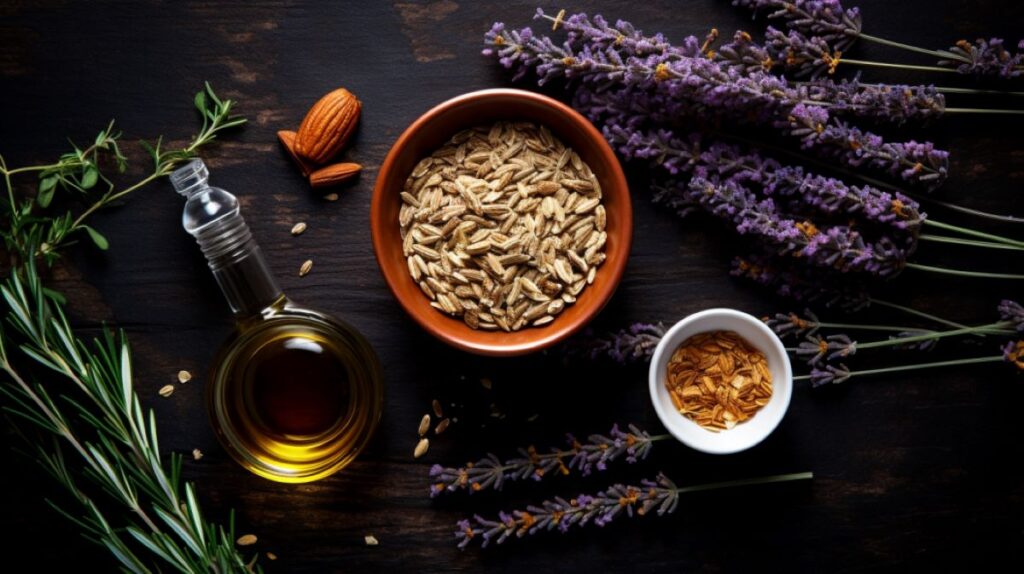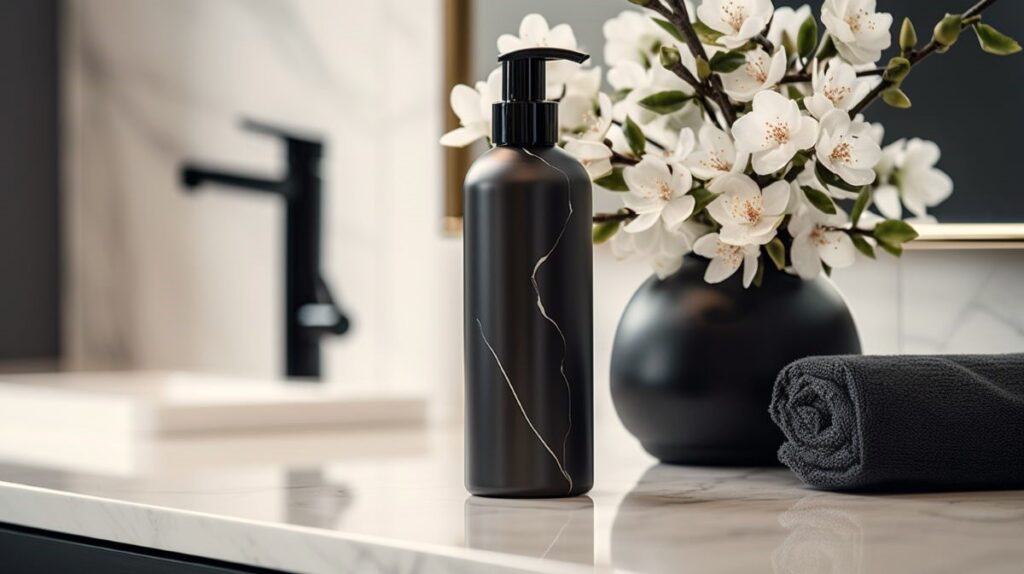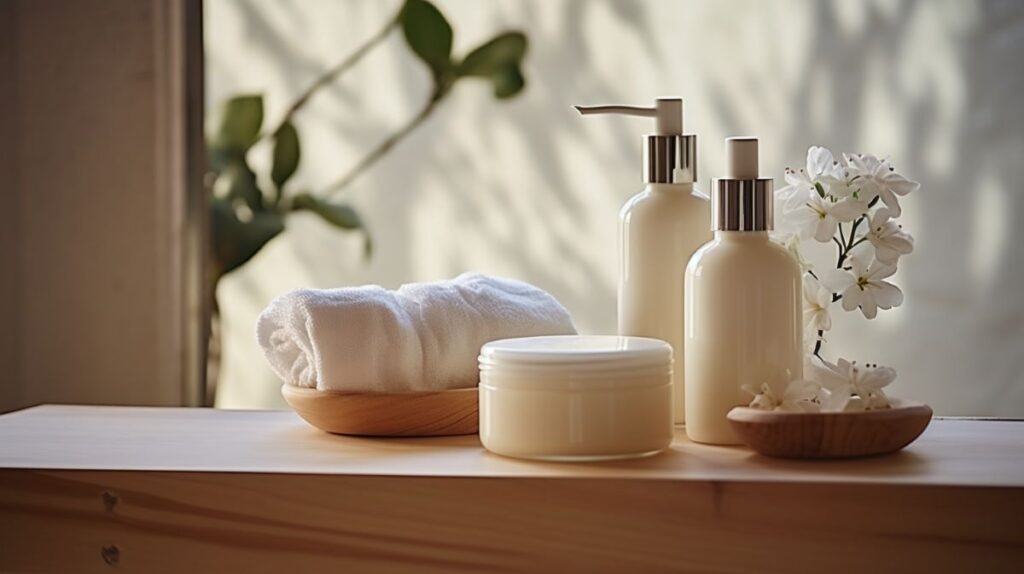Easy Essential Oil Perfume Blends: Guide + 7 Delightful Recipes
Easy Essential Oil Perfume Blends: Guide + 7 Delightful Recipes What could be better than an all-natural perfume, right? How about an all-natural perfume that you have full control over in terms of fragrances and ingredients? That’s exactly what we’re […]
Easy Essential Oil Perfume Blends: Guide + 7 Delightful Recipes Read More »
